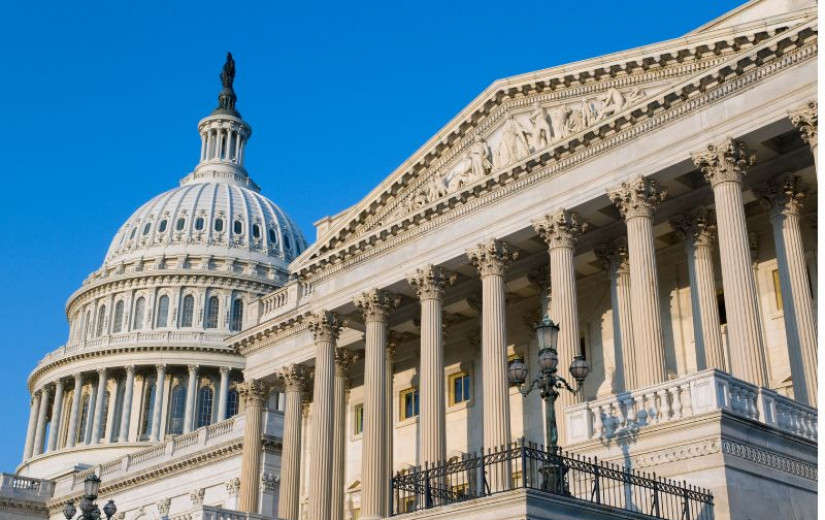
The Dallas Cowboys made a bold move this offseason, acquiring wide receiver George Pickens in a trade that sent a 2026 third-round pick and a 2027 fifth-round pick to his former team in exchange for the 24-year-old and a 2027 sixth-round pick.
The transaction immediately raised eyebrows, not only for the price in draft capital but also for the strategic implications it carries for a team already facing pressing defensive needs.
Cavinder twins change the rules of Halloween with their fun costume
Pickens, who is entering the final year of his contract, will earn $3.656 million this season. While the Cowboys can comfortably manage that salary under the cap, the looming question revolves around a potential long-term extension.
Wide receivers of Pickens' caliber are projected to earn $28 million under the franchise player designation, with open market values likely exceeding $30 million per year. At present, the Cowboys have not engaged in contract extension discussions with Pickens or his representatives, leaving his future with the team uncertain.
The timing of the trade and Pickens' contract situation introduces a critical decision point for Dallas. The team could retain him for the remainder of the season, attempt to negotiate an extension, or explore trading him before the NFL's Tuesday deadline if a more favorable return becomes available.
The calculus is complicated by the team's current roster construction, which features significant gaps on the defensive side of the ball. The Cowboys rank 31st in both total defense and points allowed, highlighting the urgency for reinforcements in the secondary and front seven.
Balancing offense and defense
While Pickens offers a proven receiving threat, adding him does not address the team's defensive struggles. The Cowboys currently hold a 3-4-1 record, leaving them on the outside of playoff contention.
The presence of a high-performing second receiver like Pickens could provide quarterback Dak Prescott with more weapons, yet it raises questions about whether committing long-term resources to him would be the most effective allocation of cap space.
Strategically, the Cowboys must weigh the value of Pickens against their other needs. Paying upwards of $30 million annually to retain him long-term could hinder their ability to upgrade a defense that has consistently underperformed this season.
Conversely, trading Pickens before the deadline could provide draft capital or compensatory picks to address weaknesses elsewhere on the roster. The team's management faces a delicate balance: maximizing short-term competitiveness while planning for sustainable success.
Pickens himself brings upside to the Dallas offense. His ability to stretch the field and create explosive plays aligns with the Cowboys' pass-heavy scheme, and his addition could elevate the production of other skill players. However, with his contract situation unresolved and his long-term commitment in question, the trade carries both promise and risk.
As the trade deadline approaches, Dallas will need to make clear decisions regarding Pickens' role and future. Whether the Cowboys retain him, extend his contract, or entertain trade offers, the move underscores the organization's willingness to make aggressive roster changes even amid uncertainty.
The coming weeks will be crucial in determining how Pickens fits into the broader strategy and whether the Cowboys can leverage his talent without compromising their defensive rebuilding needs.









